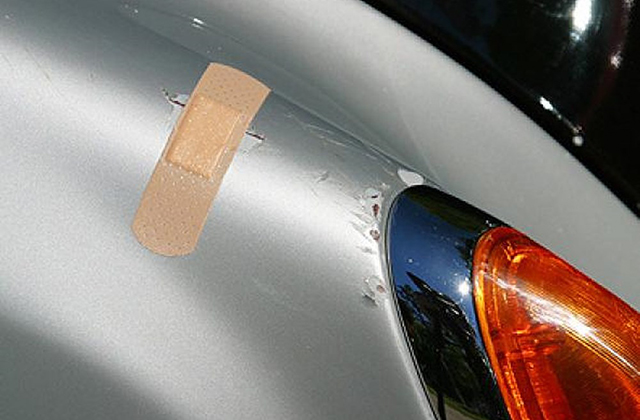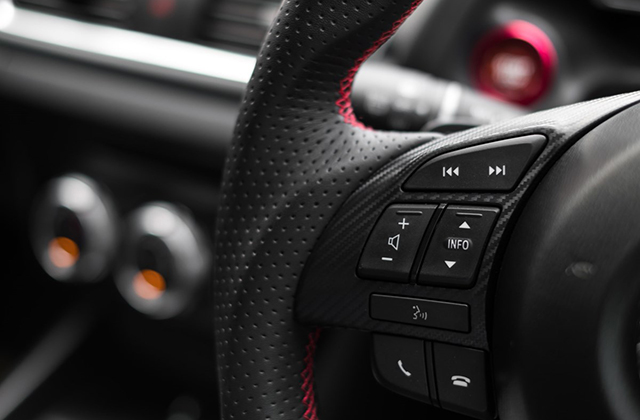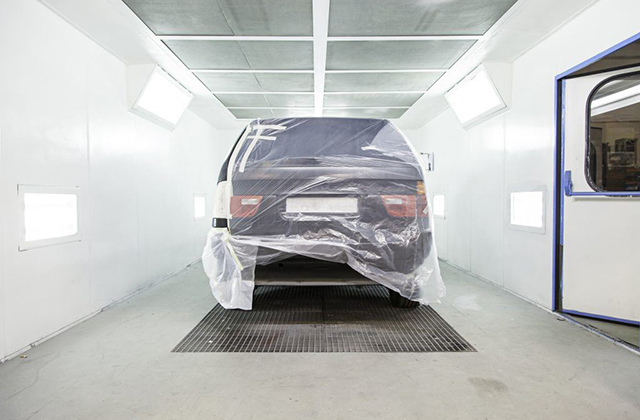We have hand picked each item in the wheel woolies Brush 3 Piece Kit because they are highly effective when paired together. As a start we will consider petrol and diesel, apart from the obvious that you have enough for your journey it is worth checking the whole fuel system at least once a year, diesel because it has a habit of finding paths and holes that most other fluids don’t and petrol because if it does leak, a hot surface or spark can cause an explosion, I know I have been there with leaky carburettors dripping onto the exhaust pipe. One of the techniques for leather care is to brush your leather down with a damp cloth at least once a week.
First check the fuel tank, invariably in old cars it is made from pressed steel and is subject to corrosion especially where straps or fixings are. Give it a good look over for any bubbles or spots that look damp/dark and check to see if the fuel gauge moves much at regular intervals when the car is parked up. Next check the pipework, again many cars had steel pipes with later replacements being copper or plastic (plastic being particularly vulnerable from hot exhaust pipes as many manufactures ran the two pipes close to each other!)
Hopefully someone will have fitted a petrol filter under the bonnet to stop any debris or rust reaching and blocking the carburettors. Looking at this will help to indicate any corrosion from the tank and pipework that maybe present, so replace it following any repairs to these to give you a clean slate. For diesels the fuel filter will not be transparent but is likely to resemble an oil filter.
Also check the fuel pump for operation (easier if it is electric) by connecting an alternative outlet hose to a petrol can, caution here as you are combining electricity and flammable vapour, and see that the pump keeps running with the ignition on.
And finally with the ignition on/or engine started and switched off check the carburettor(s) for any damp/dark patches particularly around where the fuel pipes join the carbs. Alternatively check the injector pump and interconnecting pipework to and from the injectors on the cylinder head.
As standard advice it is always essential to check the cooling water level but there are other things to check for. It is worth noting that it is not so important if you over fill the cooling system as the water level should adjust itself and find a natural level. While you have the radiator or filler cap off the car it is worth considering the colour. Good clean cooling water should appear slightly green or blue from the anti-freeze and corrosion inhibitor.
If the water is brown this means that there is corrosion or rust in the system, a certain amount is to be expected as this happens as a matter of course. If the water is very cloudy or you are unsure it may be worth draining the water, flushing it through and refilling with new water and anti-freeze. This should be checked again after a few days or 50 miles or so to see if the problem has been rectified.
If the water has an oily sheen or rainbow this should be investigated further as it may be bad news. Sometimes it is just the natural oils from the various components that leach out when they are new, such as lubricants that are used in pumps or from sealants if used. However it maybe a signal that there is a more serious problem and the engine lubricating oil is getting into the cooling system and a major engine failure may not be too far away, hopefully your engine oil checks should help indicate this.
It is recommended that cooling water be changed yearly but I have found very couple of years is usually adequate due to the low mileage my classic cars do.
Engine lubricating oil is again essential to the running of the engine. It is important with this to make sure there is neither too much or too little. If there is too little the engine can get dry become damaged and even seize, if too much the oil can bubble and build up back pressure in the lower parts of the engine & eventually damage the crank shaft and pistons. For this reason it is very important that you make sure you have the right dipstick in your engine, even engines of the same type can have different dipsticks as they can vary in how they are constructed or how the oil circulates, check with your local club or specialist classic car garage.
Also if possible check that the right oil has been used as older engines or fast running engines require different thickness of oils and different care to modern engines.
Typical places for oil leaks on classic cars are
• The sump plug (bottom of the engine), if worn, improperly tightened or the copper washer on the plus has hardened over time. Sometimes the gasket will leak, usually symptoms of a bigger fault and sometimes the sump can be cracked, especially with cast steel or aluminum sumps.
• The rocker cover, if the gasket has hardened (often cork in older cars), over tightened or not fitted correctly. These leaks are usually straightforward to fix by fitting a new gasket.
• The rear end of the crankshaft (where the flywheel and clutch are fixed) because of worn seals (and it has to be said usually poor design from the manufacturers). This leak is very common do not panic unless you are losing a lot of oil or you are also having clutch trouble. The oil from this leak is handy for coating the underside of your car preventing rust, but you should aim to have the leak fixed.
• Oil filter, because of poor fitting, tired gaskets or just rattling loose. Again these leaks are straight forward to fix.
If your engine is leaking oil from other places it probably is not good news so check it out with a specialist. Another item relating to oil worth regular changes is the oil filler cap as these are often vented and contain wire mesh filters that can get dirty and allow over pressurisation of the oil system.
Things to look for in engine oil:
• If it has the consistency of treacle when cold its is overdue for an oil change
• If it appears very black, again time for a change of oil
• If it has lumps, a flush and oil change should be done as a minimum
• If it has a lot of white/brown goo or ‘mayonnaise’ then a change might be due, however it is also a symptom of a head gasket failure which allows the cooling water into the oil thus creating the ‘mayonnaise’. Sometimes though small amounts of this can be formed through condensation if the car has been sat around for long periods.
Oil should be changed at the mileage intervals advised by the manufacturer, though if you are doing less miles each year then yearly is recommended. I usually change the filter every other oil change as well because I don’t always know the service history of the engine from the past so there may be some debris from wear in the oil system.
Whilst on oils I will next go through gearbox lubricating oil including rear axle oil for rear wheel drive cars. This should not often require replacing or topping up unless you have a leak, and leaks on rear axles are very common although not usually big enough to concern you too much. Many classic cars provide additional access to reach filler plugs for gearboxes and axles to which the owners’ manuals can point but may require the lifting of carpets and/or the rear seat. Another advantage is in some post war classic cars is that some gearboxes also have their own dipsticks, a feature that disappeared as gearboxes became more reliable.
Though the oils do not normally need regular changing it is always worth an annual level check or when you suspect a leak or gain a noise. It should be noted that differential whine from the rear axle is quite common and is often just wear and tear rather than lack of lubrication.
Certainly for the rear axle you may need a specialist sump plug spanner. Like the engine the gearbox and axle may require different oils depending on their age. Some older gearboxes are happy with engine oil and later gearboxes use specialist gear oil, also often used in hotter climates.
The contents of the oil are more difficult to check here especially with the available light but you can look for the following:
• If it has the consistency of treacle when cold its is overdue for an oil change
• If it has a lot white ‘mayonnaise’ then a change might be due, however it is also a symptom of condensation if the car has been sat around for long periods.
You may feel more comfortable changing the oil in any case so you know what you are starting with.
Brake fluid – now obviously you want to make sure you have enough of this so that you can stop when you need to but what many people miss is that brake fluid can degrade and separate causing corrosion to the brake components and loss of force at the wheels when you push the brake pedal.
It is well worth checking the brake fluid level on a 3 monthly basis to see that it has not changed much, apart from a level drop being a sign of worn brake pads/shoes a big level drop could be a sign of a leak. A level drop should be avoided because of the aforementioned but also because you may allow air into the system which reduces the effectiveness of the brakes as air compresses more readily than brake fluid.
When bleeding brakes the following things should be looked for:
• Bubbles, could be a sign of a leak that is allowing air in as well as fluid out
• Black colour, sign of various components corroding, particularly steel pipes
• Bits, again a sign of corrosion
When any of these occur it is advisable to check all the components and replace those identified as faulty. It is also worth keeping the bleeding process going until the defect(s) disappear as the contaminated brake fluid may still be in the retained parts.
Another problem with braking components is external corrosion which can wear pipes and make them leak or rust together which will require all the corroded components to be replaced. Here a bit of copper grease may keep it at bay, and if you have them try to maintain the rubber/plastic dirt caps on bleed nipples.
One of the weakest points on braking systems are the flexible hoses that connect the wheel brakes to allow suspension movement. Apart from perishing and splitting these can also suffer from laminating which makes the walls weaker and prone to expanding under pressure, therefore the force from the brake pedal gets used up in the pipes rather than the wheel cylinders or callipers. Often pipes with external metal braiding are available which reduces this risk, but these are only good whilst they are clean and not corroded.
Although the list above gives a general overview it should be enough to get you started and let you gain confidence carrying out your own maintenance and with time tackle more involved tasks replacing parts of the car. Get in touch with our leather cleaner guy.
To understand where I am coming from in giving this advice perhaps you should see where my experience comes from. From being a student and if perfectly honest a little tight fisted I started to do my own maintenance as my father did before me. But not content with doing basic servicing and maintenance I went further and it has become a bit of a passion of mine. And hopefully you can learn from some of my mistakes and triumphs. Also refer to my new Blog at [http://www.kewad.com/680mo]
To give you some idea of what I have taught myself on so that you can judge my advice.
• 1988 Citroen BX 14E
• 1989 Freight Rover Sherpa 350 Van
• 1991 Leyland DAF 400 Van
• 1968 Morris Minor 1000 Saloon
• 1992 Daihatsu Sportrak (relatives car)
• 1971 Morris Minor 1000 Saloon Met Police Car
• 1988 Land Rover 110
• 1962 Morris Minor 1000 Traveller (see a pattern yet?)
• 1953 Morris Oxford MO
• 1992 Isuzu Trooper
• 1952 Wolseley 6/80 (my pride and joy)
• 1971 Morris Minor 1000 (a relatives car)
• 1993 Vauxhall Astra
• 1997 VW Golf
• 2000 Mercedes Benz C-class
• 2002 Skoda Octavia
Article Source: http://EzineArticles.com/expert/Kevin_A_Mitchell/680854
Article Source: http://EzineArticles.com/4521773



